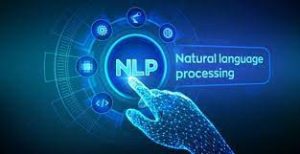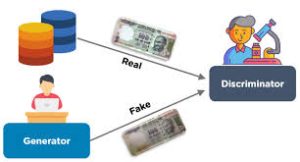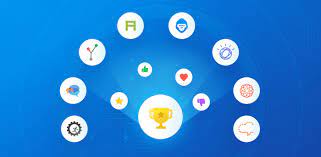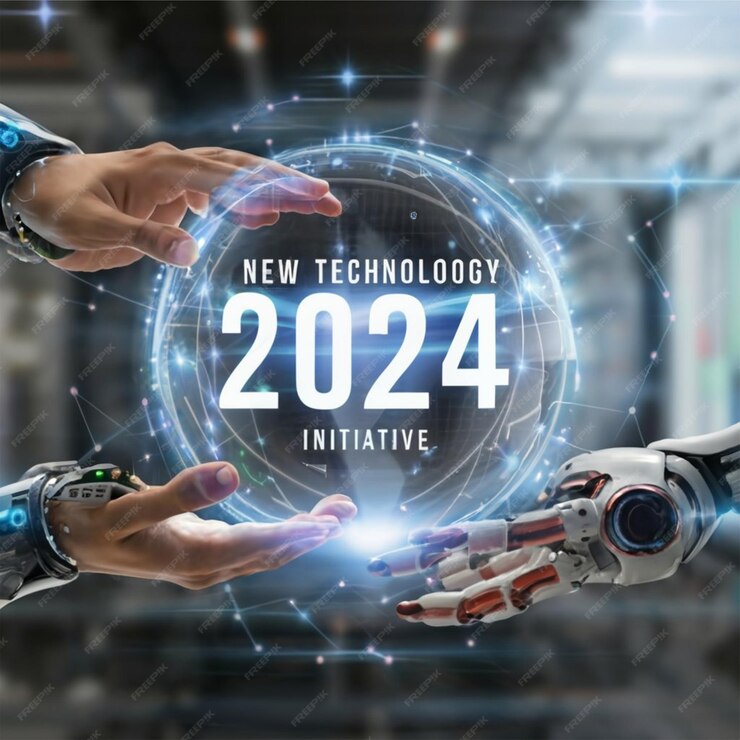In the ever-evolving landscape of technology, artificial intelligence (AI) stands as one of the most transformative innovations of the modern era. From simplifying everyday tasks to revolutionizing entire industries, AI has permeated various aspects of our lives, offering unprecedented opportunities and challenges alike. With an abundance of AI solutions available, each boasting unique capabilities and applications, it can be overwhelming to determine which ones truly stand out as the best. In this article, we’ll embark on a journey through the realm of AI to unveil some of the most exceptional and influential AI technologies shaping our world today.
Table of Content
- Introduction
- Natural Language Processing (NLP) and Conversational AI
- Computer Vision
- Reinforcement Learning
- Generative Adersariel Networks (GANs)
- AI in Healthcare
- Autonomous Systems
- AI Ethics and Responsible AI
- Conclusion
Natural Language Processing (NLP) and Conversational AI:

Natural Language Processing (NLP) has made significant strides in enabling machines to understand and interact with human language in a more natural and intuitive manner. Companies like OpenAI with their GPT models and Google with BERT have pushed the boundaries of NLP, facilitating applications ranging from language translation and sentiment analysis to chatbots and virtual assistants. Conversational AI, powered by NLP, has revolutionized customer service, making interactions with businesses smoother and more efficient.
Computer Vision:

Computer vision has witnessed remarkable advancements, allowing machines to interpret and understand visual information with human-like accuracy. Technologies such as convolutional neural networks (CNNs) have enabled applications like facial recognition, object detection, and autonomous vehicles. Companies like Tesla, with its Autopilot feature, and Google’s DeepMind, with its work on medical image analysis, showcase the transformative potential of computer vision across diverse domains.
Reinforcement Learning:

Reinforcement learning, a subset of machine learning, focuses on training agents to make sequential decisions by learning from trial and error. This approach has led to breakthroughs in robotics, gaming, and optimization problems. DeepMind’s AlphaGo, which defeated world champions in the complex game of Go, and OpenAI’s Dota 2 bot, which defeated professional players, exemplify the power of reinforcement learning in tackling complex and dynamic environments.
Generative Adversarial Networks (GANs):

GANs have emerged as a groundbreaking technique in the field of generative modeling, allowing the creation of synthetic data that closely resembles real-world data. This technology has applications in image generation, video synthesis, and data augmentation. Notable examples include NVIDIA’s StyleGAN, known for its ability to generate highly realistic human faces, and DeepMind’s work on protein folding, leveraging GANs to predict protein structures with high accuracy.
AI in Healthcare:
AI has made significant strides in revolutionizing healthcare by enabling early disease detection, personalized treatment plans, and medical image analysis. IBM’s Watson Health, for instance, leverages AI to analyze vast amounts of medical data and assist healthcare professionals in diagnosis and treatment decisions. Additionally, startups like Babylon Health offer AI-powered virtual healthcare services, providing accessible and affordable medical consultations to individuals worldwide.
Autonomous Systems:
Autonomous systems, powered by AI and robotics, are reshaping industries such as transportation, manufacturing, and agriculture. Self-driving cars, for example, promise to enhance road safety, reduce traffic congestion, and improve mobility for individuals with disabilities. Companies like Waymo, Tesla, and Uber are at the forefront of developing autonomous vehicle technology, pushing the boundaries of what’s possible with AI-driven automation.
AI Ethics and Responsible AI:
Issues surrounding bias in algorithms, data privacy, and the societal impact of AI require careful consideration and proactive measures. Organizations like the Partnership on AI and initiatives such as Google’s Responsible AI Practices are working towards establishing guidelines and frameworks to promote ethical AI deployment and mitigate potential risks.
Conclusion
In conclusion, the realm of AI is vast and multifaceted, with a myriad of technologies and applications reshaping industries and transforming society. From natural language processing and computer vision to reinforcement learning and generative modeling, AI continues to push the boundaries of innovation and redefine what’s possible. However, as we harness the power of AI to drive progress and unlock new possibilities, it’s imperative to approach its development and deployment with caution, ensuring that ethical considerations and societal impact remain at the forefront of our endeavors. By embracing the best AI technologies while upholding principles of responsibility and ethics, we can navigate the future of AI with confidence and optimism.


